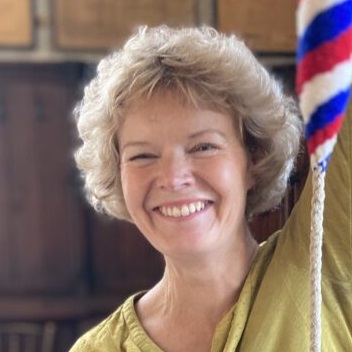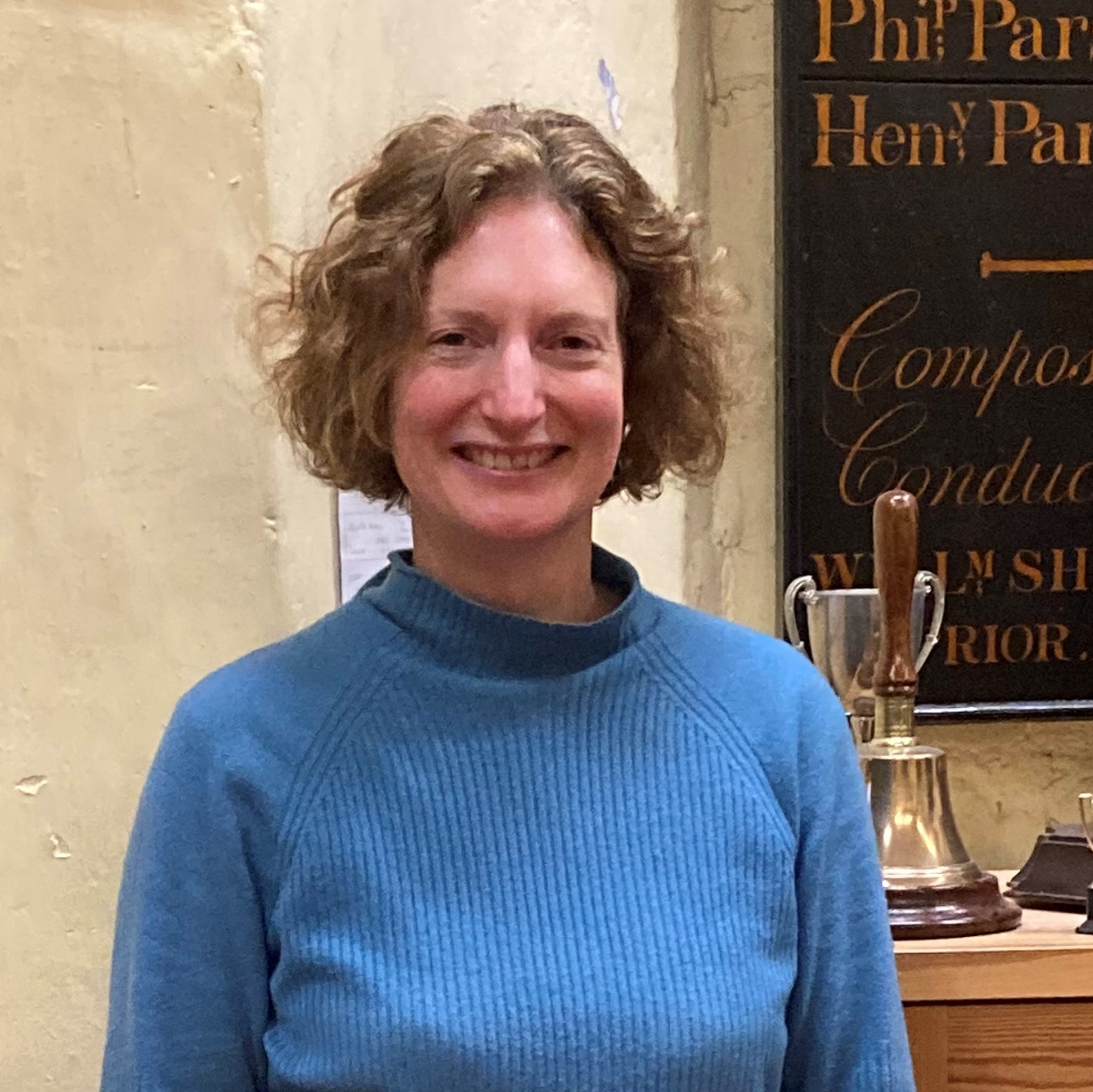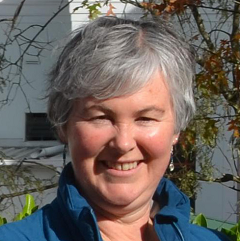It was a cold, crisp and most importantly dry Saturday morning that welcomed us at St Columb Major for the Association of Ringing Teachers (ART) M1 course – how to teach bell handling.
10 students from across the South West gathered at the Columba Centre conveniently located just next door to St Columb church, making an easy blend of theory and practical sessions throughout the day. All of us with the hope of coming away at the end of the day, with more of a clue of how to successfully teach new ringing recruits than when we started!
Phil Tremain was our tutor, assisted by De – both were wonderful hosts for the day. We were never short of a hot drink or something to eat throughout – imperative to keeping those brain cells going.
The day commenced with a theory session, on how to teach the skilled activity of bell handling, with an in-depth look at how students learn, how we can best use their strengths to our advantage and how we can break down the very complex act of ringing a bell into more manageable building blocks.
The practical session for this was particularly interesting and I certainly came across a couple of new techniques that I will enjoy putting into practice when training new students in the future. Plenty of laughter among us all as we took it in turns to pretend we had no idea how to ring a bell! Luckily no broken stays on this occasion.
A tea/coffee break to warm back up and then a discussion on how to become a good teacher. I found it particularly interesting to note the importance of having a third person involved where possible in the teaching process. When working with a student 1:1 on the bell itself, it can be easy to overlook / miss handling faults, simply because we are standing too close to them to have a wider perspective. We concluded that having another person able to stand back and observe, picking up on handling faults earlier, thus ensuring their early correction, was of huge importance. Teaching bell handling can sometimes feel all on “you”, but it really does need to be a team effort.
After further practical exercises we were in for a real treat – Cornish pasty lunch! I hope our visitors from across the border enjoyed it as much as those of us who are used to them more frequently did.
Not wanting us to slip into a post-lunch lull, Phil took us straight back up the tower to look at best ways to teach ringing up and down, and again some new techniques learnt here for me.
And finally, and the thing which I was perhaps most interested to discuss – how to identify and solve common handling problems. I think most teachers at times can be stumped as to why something isn’t working properly for a student, and it can be a struggle to come up with a solution. Phil took us through and demonstrated a wide numbers of common handling issues and we had excellent group discussions on how these could be improved upon and overcome.
As a ringer who has taught people to ring previously and has a fair amount of experience, I have come away having completed this day course with many new techniques to try out in my own teaching. However, as Phil emphasised to us at the beginning and end of the day, the hard work really starts from now – the first challenge, find a student! Second challenge, teach them! Third challenge, to be accredited – ideally with the support of a mentor and when feeling confident. A potentially long road for us, depending on whether new students are easy to come by! Only time will tell, but for being able to solve common handling problems in some of our most recent recruits who are already handling a bell, the course is will certainly prove its value.
For anyone who is interested in attending an M1 course but is wondering if it’s necessary, I would encourage you to sign up. It really doesn’t matter if you are an experienced teacher already, or have never taught anyone to handle a bell, you will certainly learn at least one new thing!
My thanks to Phil and De for a welcoming, well organised and informative day, and to all of my fellow students! Happy teaching to us all.





















































